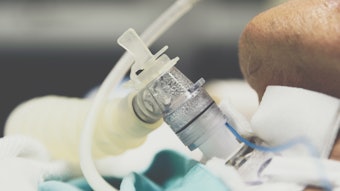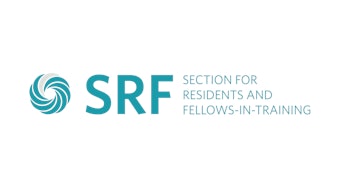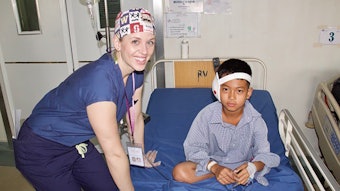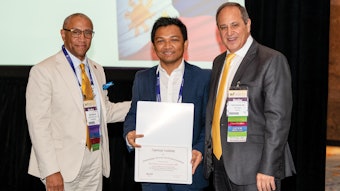Pearls from your Peers: Dermal Filler Complications
I'm Nina Lu, MD, a facial plastic and reconstructive surgeon at the University of Washington. I'm joined by Theda C. Kontis, MD, a double board-certified facial plastic surgeon practicing in Baltimore, Maryland.

Dr. Lu: There has been quite the media buzz around dermal fillers and the COVID-19 vaccine. The U.S. Food and Drug Administration reported a total of three patients with facial swelling related to dermal fillers in the Moderna COVID-19 vaccine trial. Although this topic has garnered recent media attention, delayed swelling with dermal fillers is a rare but previously described event seen with vaccinations, viral infections, and allergic reactions. What do you recommend patients do with dermal fillers and vaccinations?
Dr. Kontis: I have not changed my practice at all, and I recommend all patients get vaccinated as they are able. Currently, there isn't enough data to conclude a definitive timeline or need for delay between dermal filler and vaccinations. Delayed swelling is a very rare complication, and the Moderna study did not detail the type of hyaluronic acid filler used or the total number of patients in the trial who received dermal filler. The symptoms resolve easily with minimal treatment and no long-term side effects. I inform my patients of the details of the trial, that the risk is very low, and have them contact me if they experience any issues. To date there have been about 23 million COVID-19 vaccines given,* and we are not hearing of increased incidences of facial swelling. In my practice many of my filler patients have had the vaccine and have not experienced any filler complications.
Dr. Lu: If delayed facial swelling does occur, what is your typical treatment regimen?
Dr. Kontis: I examine the patient, and if it is just soft tissue edema, I start them on an oral antihistamine or Medrol Dosepak depending on the severity. If the filler is very firm on palpation, I use Clarithromycin for three to four weeks. In recalcitrant cases I may consider an intradermal steroid injection, with or without 5-fluorouracil. Swelling typically resolves over the course of days to weeks.
Dr. Lu: The most devastating complication of dermal fillers is vascular occlusion. Luckily, this is very rare and avoidable by experienced injectors such as yourself. In the rare event that it does occur, what treatment regimen do you recommend?
Dr. Kontis: Recognition during the injection is the most important step. Skin blanching and pain are early warning signs, so stop injecting right away. I immediately place warm compresses and massage the area. If these maneuvers do not improve the blanched area, flood the pale area with hyaluronidase, apply topical nitro paste, and administer ASA 325. Most importantly, see the patient daily. Hyperbaric oxygen can be used for severe cases.
*This data is as of February 10, 2021, the date the article was submitted for publication.

















